The diversity of contemporary jewelry reflects various aspects of modern society, culture, technology, and fashion. This diversity is evident not only in materials, design, and craftsmanship but also in function, usage, culture, market, and technology. Such diversity makes jewelry not just an ornament but also an important medium for personal expression, cultural heritage, and technological innovation.
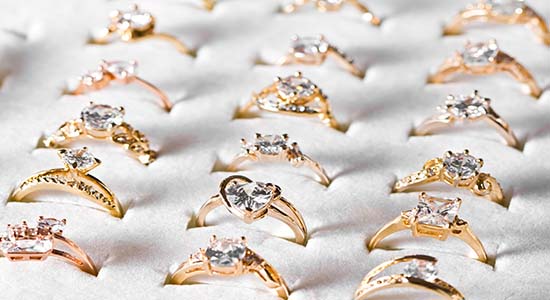
Diversity of Contemporary Jewelry
The center theme of contemporary jewelry is its remarkable diversity, characterized by the use of unconventional materials, innovative technologies, and a wide range of styles. This diversity allows for greater artistic expression, individuality, and creativity, moving beyond traditional norms and functions.
1.1, Common metals used in jewelry making
Common metals used in jewelry making include gold, silver, platinum, palladium, titanium, and stainless steel. Gold and silver are traditional favorites known for their luster and malleability, often alloyed with other metals to enhance durability. Platinum and palladium are prized for their strength and hypoallergenic properties, making them ideal for fine jewelry. Titanium is lightweight, strong, and corrosion-resistant, popular in contemporary designs. Stainless steel is durable and affordable, commonly used in fashion jewelry. Each metal offers unique properties and aesthetics, catering to different styles and preferences.
Jewelry Metal Preferences by Country
Middle East:
- Saudi Arabia: Gold is extremely popular in Saudi Arabia, especially 24K pure gold. Traditional Saudi Arabian jewelry designs often feature large gold pieces such as gold chains, bracelets, and earrings, reflecting luxury and wealth.
- United Arab Emirates: In the UAE, particularly in Dubai, the jewelry market heavily relies on gold. Gold jewelry designs typically include complex settings and decorations, showcasing luxurious and intricate craftsmanship.
India: Gold holds significant cultural importance in India, especially for weddings and religious ceremonies. 18K and 22K gold are the most popular choices in the Indian market due to their higher purity and appropriate hardness. Indian jewelry designs often include intricate settings and elaborate craftsmanship, such as gemstone inlays and fine carvings.
Europe:
- Italy: Italy is renowned for its exquisite gold jewelry, with 18K gold and platinum commonly used in high-end pieces. Italian jewelry designs often combine traditional craftsmanship with modern styles, showcasing elegance and luxury.
- United Kingdom: In the UK, platinum and 18K gold are the main choices for high-end jewelry. British jewelry designs emphasize classic and timeless aesthetics, often used for engagement rings and bespoke fine jewelry.
United States: In the US market, 18K gold and platinum are commonly used for high-end jewelry, with palladium gaining popularity for engagement rings and wedding bands. Stainless steel is widely used in fashion jewelry due to its durability and affordability, especially in men’s jewelry and sports-style pieces.
East Asia:
- China: In China, gold is highly popular for high-end jewelry, especially for weddings and festivals. Gold is seen as a symbol of wealth and good fortune in traditional Chinese culture, commonly used in wedding rings and celebratory jewelry.
- Japan: In Japan, gold and platinum are commonly used in high-end jewelry. Japanese jewelry is known for its delicate craftsmanship and innovative designs, with gold and white gold being used in both traditional and modern pieces, while silver is used for elegant everyday jewelry.
1.2, Why are these metals suitable for making jewelry?
- Gold:
- Luster: Gold’s natural shine and warmth make it highly attractive for jewelry.
- Malleability: Gold is easily shaped and worked into intricate designs.
- Durability: When alloyed with other metals, gold becomes more durable and resistant to scratching.
- Silver:
- Bright Appearance: Silver has a bright, reflective quality that enhances the visual appeal of jewelry.
- Workability: Silver is relatively soft and easy to shape, allowing for detailed craftsmanship.
- Affordability: Silver is generally less expensive than gold and platinum, making it a popular choice for a wide range of jewelry.
- Platinum:
- Strength: Platinum is extremely durable and resistant to wear and tarnishing, making it ideal for everyday wear items like engagement rings.
- Hypoallergenic: Platinum is less likely to cause allergic reactions, making it suitable for sensitive skin.
- Density: Its heavy weight gives a substantial feel to the jewelry.
- Palladium:
- Lightweight: Palladium is lighter than platinum but still maintains strength and durability.
- Resistance: It is resistant to tarnish and corrosion.
- Hypoallergenic: Like platinum, palladium is also hypoallergenic, making it a good choice for those with sensitive skin.
- Titanium:
- Lightweight: Titanium is incredibly light, which makes it comfortable for everyday wear.
- Strength: It is very strong and resistant to scratching and bending.
- Corrosion-Resistant: Titanium does not corrode or tarnish, ensuring longevity.
- Stainless Steel:
- Durability: Stainless steel is highly resistant to scratches, tarnish, and corrosion.
- Affordability: It is more budget-friendly compared to precious metals.
- Strength: It provides a sturdy option for everyday wear and is often used in fashion jewelry.
- Copper:
- Malleability: Copper is easy to work with and shape, which is useful for crafting detailed designs.
- Color: Its distinctive reddish-brown color adds a unique aesthetic to jewelry.
- Affordable: Copper is relatively inexpensive, making it a cost-effective choice for certain types of jewelry.
- Bronze:
- Durability: Bronze, a copper-tin alloy, is durable and can develop an attractive patina over time.
- Historical Appeal: Its use in historical artifacts gives it a classic, artistic appeal.
- Workability: Bronze is versatile and can be easily cast and forged into intricate designs.
- Brass:
- Gold-like Appearance: Brass, an alloy of copper and zinc, has a gold-like appearance, making it a popular choice for affordable jewelry.
- Malleability: It is easy to shape and work with, allowing for creative designs.
- Cost-Effective: Brass is less expensive than precious metals, making it a good choice for costume jewelry.
1.3, What are the most common shapes for jewelry?
Jewelry designs often feature a diverse array of shapes, each contributing its unique charm and style. The round shape is renowned for its brilliant sparkle and is frequently used in round brilliant cut diamonds and round beads found in necklaces and bracelets. This shape maximizes light reflection and is a classic choice for its timeless appeal. Similarly, the princess cut, with its square or rectangular shape and pointed corners, offers a modern and sophisticated look, making it a popular choice for engagement rings due to its clean lines and striking appearance.
The oval shape provides an elongated version of the round cut, maintaining a high level of brilliance while adding a touch of elegance. Its elongated form is often chosen for engagement rings and earrings to create a flattering and distinctive appearance. The emerald cut, with its rectangular shape and step-cut facets, emphasizes clarity and depth, showcasing a refined and vintage aesthetic that is ideal for fine jewelry. This cut is characterized by its unique faceting style that enhances the gemstone’s inherent qualities.
In contrast, the marquise cut features an elongated, boat-like shape with pointed ends, which can create the illusion of longer, more slender fingers. This cut is frequently used in engagement rings and statement pieces for its dramatic and eye-catching appeal. The pear cut combines elements of both the round and marquise shapes into a teardrop form, offering a blend of grace and elegance that is popular in pendants and earrings. Its versatility allows it to add a touch of sophistication to various types of jewelry.
For a romantic touch, the heart shape is a popular choice, characterized by its two rounded lobes at the top and a pointed bottom. This shape is often used in pendants and rings, especially for special occasions like anniversaries and Valentine’s Day. The cushion cut, with its square or rectangular shape and rounded corners, merges traditional and contemporary styles, making it a versatile choice for many types of jewelry. This cut’s plush and inviting appearance is ideal for both classic and modern designs.
The asscher cut is a square-shaped version of the emerald cut, known for its deep facets and step-cut appearance that imparts a vintage feel. It is a favored choice for those seeking a classic, elegant look. The radiant cut combines the brilliance of the round cut with the sophistication of the emerald cut, available in both rectangular and square shapes. This cut provides an impressive sparkle while maintaining a sleek and polished look.
In addition, the baguette cut features a long, rectangular shape with straight or tapered edges, often used as accent stones to complement other designs. The trillion cut, a triangular shape with pointed corners, offers a modern and unique aesthetic, often employed in side stones or fashion-forward pieces. The tear drop cut, which is similar to the pear but more elongated, adds a graceful and elegant touch to pendants and earrings.
Finally, the hexagon cut, with its six-sided shape, is used in contemporary and geometric jewelry designs to provide a distinctive and modern appearance. The square cut, with its clean and symmetrical form, is popular in both traditional and modern jewelry designs, offering a balanced and classic look suitable for rings and pendants. Each shape contributes its own character and appeal to jewelry pieces, catering to a wide range of personal preferences and design aesthetics.
Jewelry manufacturing methods
Jewelry manufacturing methods fall into two main categories: traditional handcrafting and modern technological techniques, each with its own distinct characteristics. Traditional handcrafting emphasizes artistry and personalization, typically involving a comprehensive process from design and mold making to casting, finishing, setting, and quality inspection. This approach showcases the craftsman’s skill and unique style but is often time-consuming and results in higher material waste. In contrast, modern manufacturing methods employ advanced technologies such as Computer-Aided Design (CAD), 3D printing, precision casting, laser cutting, electrolytic polishing, and automation. These methods enhance production efficiency and design precision, enabling the creation of intricate details and structures while reducing material waste.
2.1, Traditional jewelry making methods
Traditional jewelry-making techniques, which are prized for their artistry and minute attention to detail, have clear benefits as well as drawbacks. The main benefit is the great degree of customization and creativity that these techniques provide. Since each item is often handmade, distinctive designs that showcase both the wearer’s own taste and the artisan’s inventiveness are possible. With this method, unique items that are difficult to duplicate may be produced that are especially valued and treasured as heirlooms. Furthermore, jewelry made using traditional methods is often very durable and stylish since fine materials and careful procedures are used.
But there are disadvantages to conventional jewelry creation as well. The procedure usually takes a long time and a lot of effort, and it calls for a lot of ability and experience. Longer manufacturing times and increased labor and material costs may result from this. Furthermore, conventional procedures could not always be as accurate as contemporary ones, which might lead to minute flaws or irregularities. Additionally, since certain conventional methods do not use resources as effectively as modern technologies do, there is a larger chance of material waste. Lastly, these methods may be less scalable for mass production due to their dependence on specific craft skills, which limits their use in large-scale manufacturing.
In conclusion, the capacity of traditional jewelry-making techniques to create distinctive, fine, and artistically meaningful items has led to their celebration. They are more appropriate for bespoke, expensive pieces than mass-produced jewelry, however, since they also present issues with cost, time, and efficiency.
2.2, Modern jewelry making methods
Modern jewelry making methods utilize advanced technologies and equipment to enhance precision, efficiency, and design complexity. These methods often start with Computer-Aided Design (CAD), where designers create intricate and highly detailed digital models of jewelry pieces. CAD allows for precise control over dimensions and can be easily modified, enabling designers to experiment with different styles and structures without the need for physical prototypes. The digital models can then be translated into physical pieces using 3D printing, which produces wax or resin models used for casting. This technique allows for the creation of highly complex and detailed designs that might be difficult or impossible to achieve by hand.
Once the model is ready, it typically undergoes precision casting, often using methods like lost-wax casting, but with the aid of modern technology to ensure high accuracy and minimal material waste. Laser cutting and laser engraving are also commonly employed in modern jewelry making, allowing for the precise cutting of metal and the engraving of intricate patterns or text directly onto the surface. These processes are highly accurate and can be replicated consistently, making them ideal for mass production.
Electrolytic polishing is another key modern technique, which involves using an electrical current to smooth and polish metal surfaces. This method provides a high-quality finish that is both uniform and highly reflective. Modern methods also often include automated machining and assembly, which can streamline production, reduce labor costs, and ensure consistent quality across multiple pieces. Automation is particularly useful in processes like stone setting and metal shaping, where precision is critical.
Advantages and Disadvantages
Advantages:
- Precision and Consistency: Modern techniques offer unparalleled precision, allowing for intricate and detailed designs that are consistent across multiple pieces.
- Efficiency: Automation and advanced equipment reduce production time and labor costs, making it possible to produce jewelry more quickly and in larger quantities.
- Complex Design Capability: Technologies like CAD and 3D printing enable the creation of complex, innovative designs that might not be achievable through traditional methods.
- Material Efficiency: Modern methods often minimize material waste, which is both cost-effective and environmentally friendly.
Disadvantages:
- High Initial Investment: The equipment and technology required for modern jewelry making can be expensive, posing a significant upfront cost for manufacturers.
- Technical Skill Requirement: Operating advanced machinery and software requires specialized training, which can be a barrier for some artisans.
- Potential Loss of Artisanal Touch: While modern methods offer efficiency, they can lack the unique, handcrafted quality that some consumers value. The mass production aspect can sometimes lead to a perception of uniformity and lack of uniqueness.
- Environmental Concerns: The use of certain chemicals and energy-intensive processes can have environmental impacts, depending on the materials and methods used.
SuperbMelt Equipment Casting Process
The SuperbMelt equipment casting process, rooted in modern technology, emphasizes precision, efficiency, and the ability to create complex designs that are difficult to achieve with traditional methods. Unlike traditional craftsmanship, which relies heavily on manual skills and artistry, this modern process utilizes 3D scanning, 3D printing, and advanced induction melting to streamline production. The focus is on achieving consistent quality and reducing material waste, with automated and controlled steps ensuring high accuracy and repeatability. While traditional techniques highlight artisanal craftsmanship, the SuperbMelt process leverages cutting-edge technology to produce high-quality castings efficiently and consistently.
3.1, Step ①Jewelry Design:3D Scanning Equipment
Utilize SuperbMelt’s advanced 3D scanning equipment to effortlessly capture high-precision digital models of jewelry designs. These 3D scans provide an exceptionally accurate representation of the original piece, capturing intricate details that are challenging to achieve manually. This detailed data is then used in conjunction with 3D printing to create precise wax or resin models, which form the basis for the casting process.
By replacing CAD with 3D scanning, the SuperbMelt process enables the accurate reproduction of existing designs, incorporating fine details and preserving complex features. This method streamlines the design and production workflow, significantly reducing time and costs while maintaining the highest standards of quality and efficiency.
3.2, Step ②Jewelry mold casting:SuperbMelt Mold Casting Solution
1.3D Printer:Option 1
The SuperbMelt Jewelry 3D Printer transforms intricate jewelry designs into physical products, effectively shortening the product development cycle. Utilizing UV printing technology and resin materials, this printer creates high-quality finished products that can be directly used to produce jewelry molds. This innovation significantly reduces both mold creation time and costs, facilitating the rapid production of jewelry.
By minimizing material waste and eliminating labor-intensive processes, jewelry 3D printers substantially lower production costs, making it more economical to produce small batches or custom one-off pieces. The precision and accuracy of these printers ensure that the final product closely matches the original design, which is essential for crafting high-quality jewelry that meets stringent standards.
2.Automatic Wax Injector Machine:Option 2
The automatic wax injector machine represents a significant advancement in modern jewelry manufacturing, capable of producing a wide range of wax molds for items such as bracelets, rings, pendants, earrings, and even watch components. It is designed to handle various materials, including gold, silver, copper, and platinum, and supports the creation of styles that can be set with diamonds. The machine seamlessly integrates with a wax setting system, facilitating rapid mass production.
Featuring a fully automated intelligent chip induction wax injection system, the SuperbMelt automatic jewelry wax injector machine enhances production efficiency to new levels. Its large-capacity wax tank supports continuous operation, significantly reducing time and labor requirements. Operating in a vacuum environment, the machine not only ensures the quality of the finished wax molds but also promotes a safe and eco-friendly production process. This modern technology underscores the progress in jewelry manufacturing by delivering high precision, efficiency, and sustainability.
3.3, Step ③Jewelry casting:SuperbMelt Jewelry Casting Solution
1.Option One:Jewelry Casting Equipment
The Jewelry Investment Mixer is an essential tool for creating high-quality jewelry molds. It mixes casting powder and water into a uniform slurry, which then solidifies into gypsum molds. Once the molds are prepared, they are placed into the gypsum mold, and casting powder is poured in to complete the process.
Place the previously prepared gypsum molds into the burnout furnace for heating. This process burns out the wax jewelry molds inside the gypsum, leaving behind a hollow gypsum cavity mold.
Place the heated gypsum molds into the casting machine for jewelry casting. The SuperbMelt automatic casting machine can handle any precious metal within the range of 1-6 kilograms per cycle, ensuring you never have to worry about the density, shrinkage, or porosity of the finished product. The casting machine is equipped with a gas chamber that releases pressurized inert gas, completely eliminating any form of porosity or shrinkage. This results in a flawless and elegantly finished product.
The SuperbMelt Centrifugal Casting Machine is perfect for high-temperature metals like palladium, platinum, and stainless steel, reaching melting temperatures up to 2600 degrees Celsius. This machine excels in casting by pouring molten metal into a rotating mold, which is driven by an electric motor to ensure even distribution along the central axis. Unlike the SuperbMelt Automatic Casting Machine, which uses a pressurized gas chamber for a flawless finish and minimal manual effort, the centrifugal machine relies on spinning force to handle high temperatures and achieve precise metal flow, making it suitable for casting complex and high-temperature metals.
How to avoid surface defects when making jewelry molds?
To avoid surface defects in jewelry casting, it’s essential to prepare molds properly by keeping them clean and free of contaminants, control melting and casting temperatures precisely, and utilize vacuum casting to remove air bubbles. Ensure uniform mixing of investment powder and water, inject wax under optimal conditions, and carefully manage the de-waxing process to prevent mold distortion. Finally, apply appropriate polishing and finishing techniques to correct any minor imperfections and achieve a high-quality finish. Following these practices will help minimize surface defects and ensure a flawless final product.
2.Option Two:Jewelry Casting Equipment
The kit features the SuperbMelt automatic wax injector, which efficiently produces detailed wax models with precise temperature control and high automation. Following wax injection, the kit provides a sophisticated investment mixer that combines casting powder and water to create uniform slurry, forming durable gypsum molds. For the final casting stage, the kit includes options for both centrifugal and automatic casting machines, allowing for precise metal casting in various materials such as gold, silver, and platinum. The centrifugal casting machine ensures even distribution of molten metal, especially for high-temperature metals, while the automatic casting machine guarantees a flawless finish with minimal manual intervention.
3.4, Step ④Jewelry surface treatment: polishing machine
1.Option One:Electro Polishing Machine
SuperbMelt Electro Polishing Machine can simultaneously complete the no-dead-angle polishing of 20-138 pieces of gold、silver and copper jewelry rings and bracelets, enhancing the aesthetic appeal of the jewelry while also boosting your production efficiency. It is an ideal choice for jewelry processing plants and electronic component manufacturing facilities.
2.Option Two:Centrifugal Disc Finishing Machine
Centrifugal polishing machines use high-speed spinning to polish jewelry with abrasive media, effectively removing surface scratches but requiring more time and effort. In contrast, electrolytic polishing machines employ an electrochemical process to achieve a superior, high-gloss finish quickly and efficiently, making them ideal for fine jewelry with intricate details.
What can electrolytic polishing machine do for jewelry?
Electrolytic polishing machines enhance jewelry by providing a superior, mirror-like finish with minimal material removal, ensuring a uniform shine on intricate designs. This efficient, automated process speeds up production, reduces manual labor, and improves the durability of the pieces by enhancing resistance to tarnishing and corrosion. Overall, electrolytic polishing delivers high-quality, consistent results, making it an essential tool for achieving a professional, high-gloss appearance in jewelry.
3.5, Step ⑤Jewelry Diamond Setting Solutions
The automatic stone setting machine integrates gluing and stone setting. The machine can set 7 diamonds in one second. The spray gun is above the stonehole. After the crystal nozzle takes the stone from the glue hole, it is quickly set on the wax moldThis machine helps customers to realize the technology of setting diamonds in different shapes of molds, such as single channel, double channel, plate, tube, etc., and can also synthesize gemstones.
What types of jewelry are wax setting machines commonly used for?
- Engagement Rings: Precision setting of diamonds or other gemstones in intricate designs.
- Wedding Bands: Setting of various types of gemstones or diamonds, often in customizable styles.
- Earrings: Secure setting of small gemstones or diamonds in various designs.
- Necklaces and Pendants: Insetting gemstones or diamonds into pendant settings.
- Bracelets: Setting stones or other embellishments in elaborate or simple bracelet designs.
How to make complex jewelry links
In terms of aesthetics, jewelry chains are renowned for their versatility and elegance. They come in various styles, including classic curb, link, and rope chains, each offering a unique visual appeal. The design of the links, whether simple or ornate, contributes to the overall beauty and texture of the chain. Chains can be crafted from a range of metals, including gold, silver, and platinum, each adding a distinct luster and character. The craftsmanship involved in creating a jewelry chain often highlights the artisan’s skill, with smooth, well-connected links and polished finishes enhancing the chain’s elegance. Chains are used in necklaces, bracelets, and anklets, making them timeless pieces that can complement any style and occasion.
Transform gold into rods or bars for subsequent chain processing.
The Superbmelt electric rolling mill is designed to roll the produced crude gold rods into very thin wires.
Wire drawing machine draws the thick wire into the thin wire after drawing processing, the wire diameter achieve the required standards for jewelry chain production processing.
Feed the filament into the jewelry chain making machine, weave the jewelry chain through winding, cutting, welding and other processes.
Feed the finished jewellery chain into the machine, and get the target shape by hammering.
The jewelry chain faceting machine is suitable for mirror finish lapping, plain cut, lines, stars, bevels, chamfers step cut on flat chains.
Conclusion
To begin making jewelry, start by familiarizing yourself with both traditional and modern techniques, understanding the unique advantages of each. Traditional methods emphasize craftsmanship and personalization, involving detailed processes like hand crafting, mold making, and setting. Modern techniques, such as those using 3D scanning and printing, offer efficiency and precision, allowing for intricate designs and rapid production. Essential steps include mastering design skills, selecting appropriate materials, and choosing the right tools and technologies. Whether opting for hands-on craftsmanship or leveraging advanced machinery, a solid foundation in these processes will set you on the path to creating beautiful and unique jewelry pieces.
Guide of Common Issues With Contemporary Mold Making
- 1. How often do molds need to be replaced?
- 2. How to deal with cracks that occur during the casting process?
- 3. How to avoid metal oxidation during the molding process?
- 4. How to control the shrinkage of the casting during the jewelry molding process?
- 5. How to prevent mold cracking during jewelry molding?
- 6. How to choose a jewelry molding machine?
1. How often do molds need to be replaced?
For high-volume production or when casting abrasive materials, molds need to be replaced more frequently, sometimes after every few hundred to a few thousand casts. In contrast, molds used less frequently or for casting less abrasive materials might have a longer lifespan, ranging from several months to years. Regular inspection for wear and tear, such as cracks, deformation, or surface damage, is crucial to determine when a mold needs to be replaced.
2. How to deal with cracks that occur during the casting process?
To address cracks that occur during the casting process, ensure proper temperature control, inspect and maintain molds and equipment, adjust alloy compositions as needed, improve cooling techniques, and ensure adequate venting. Regular testing and refinement of the casting process can also help identify and prevent potential issues.
3.How to avoid metal oxidation during the molding process?
To avoid metal oxidation during the molding process, control the environment with inert gases, use proper fluxes, maintain clean equipment, apply protective coatings, and optimize casting parameters.
4. How to control the shrinkage of the casting during the jewelry molding process?
To control shrinkage during jewelry molding, design for shrinkage, use accurate materials, control cooling rates, prepare molds properly, maintain consistent pouring temperatures, and regularly check equipment.
5. How to prevent mold cracking during jewelry molding?
To prevent mold cracking during jewelry molding, ensure proper mold design, control temperature gradients, use quality materials, maintain proper venting, regularly inspect and maintain molds, and optimize casting parameters.
6. How to choose a jewelry molding machine?
To choose a jewelry molding machine, consider the type of machine, production volume, material compatibility, precision, ease of use and maintenance, cost, and the manufacturer’s support and service.

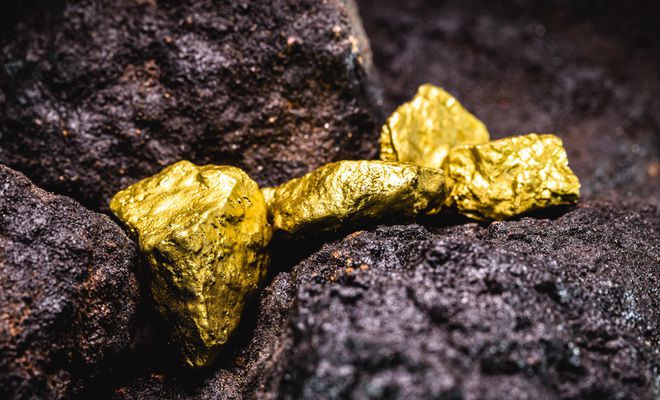

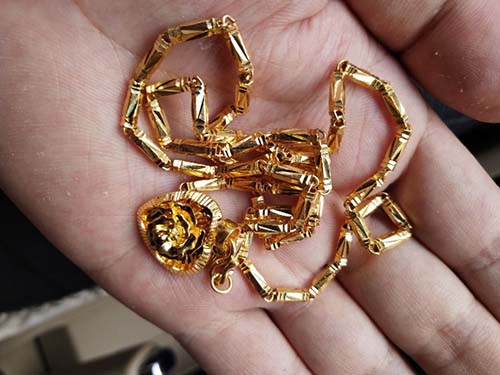
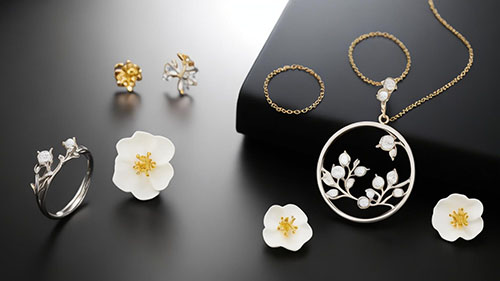
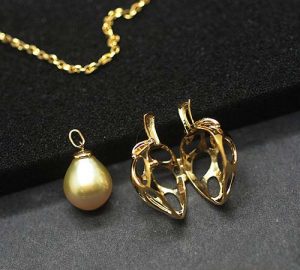
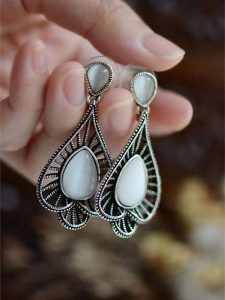
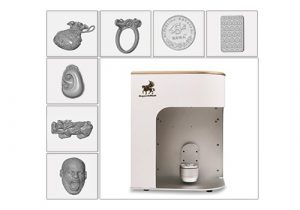
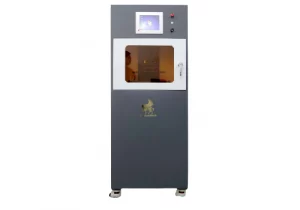
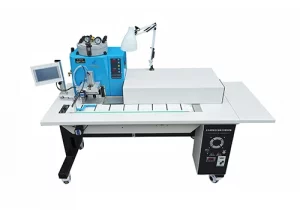
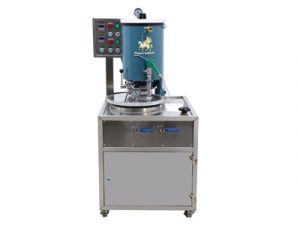
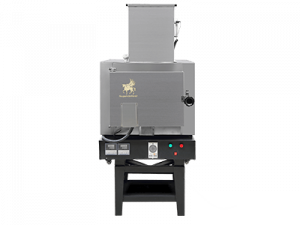
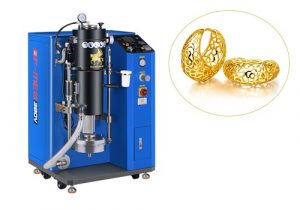
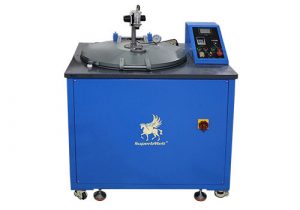
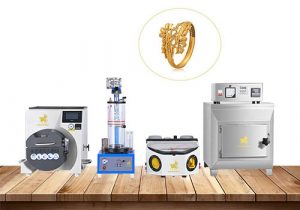
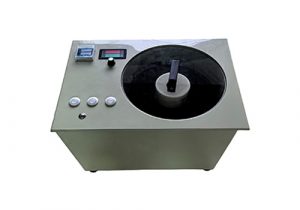
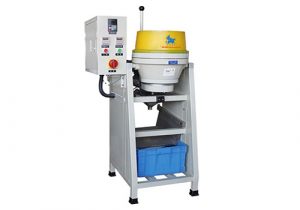
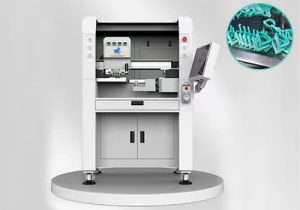
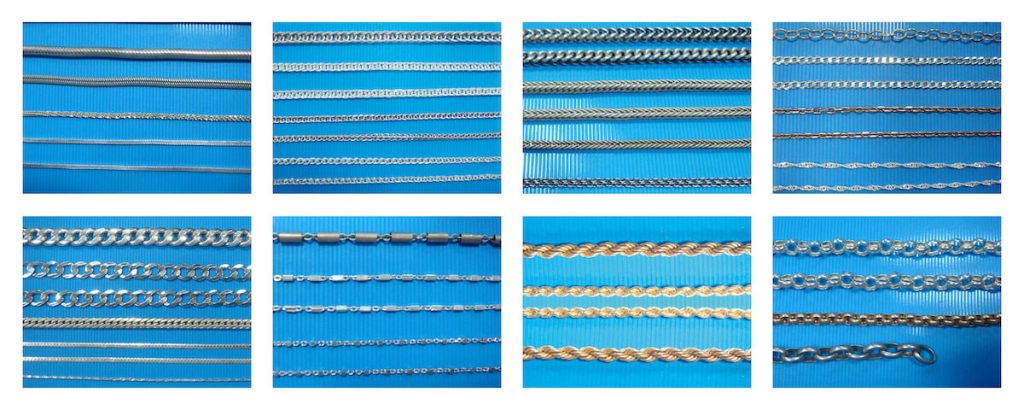
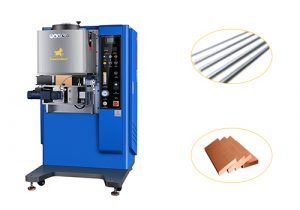
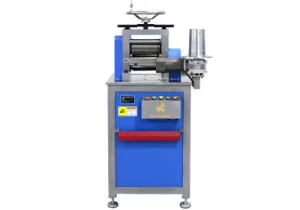
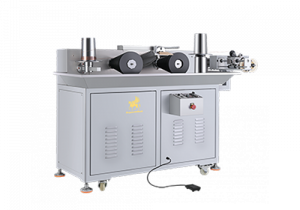
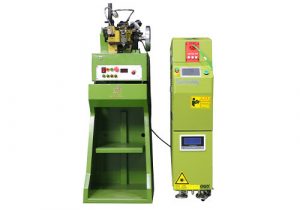
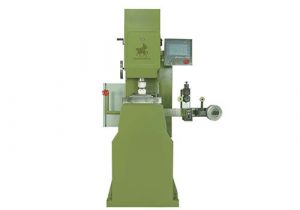
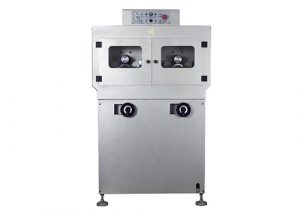
 © Copyright 2008-2021 Superb Electromachinery Co., Limited
© Copyright 2008-2021 Superb Electromachinery Co., Limited